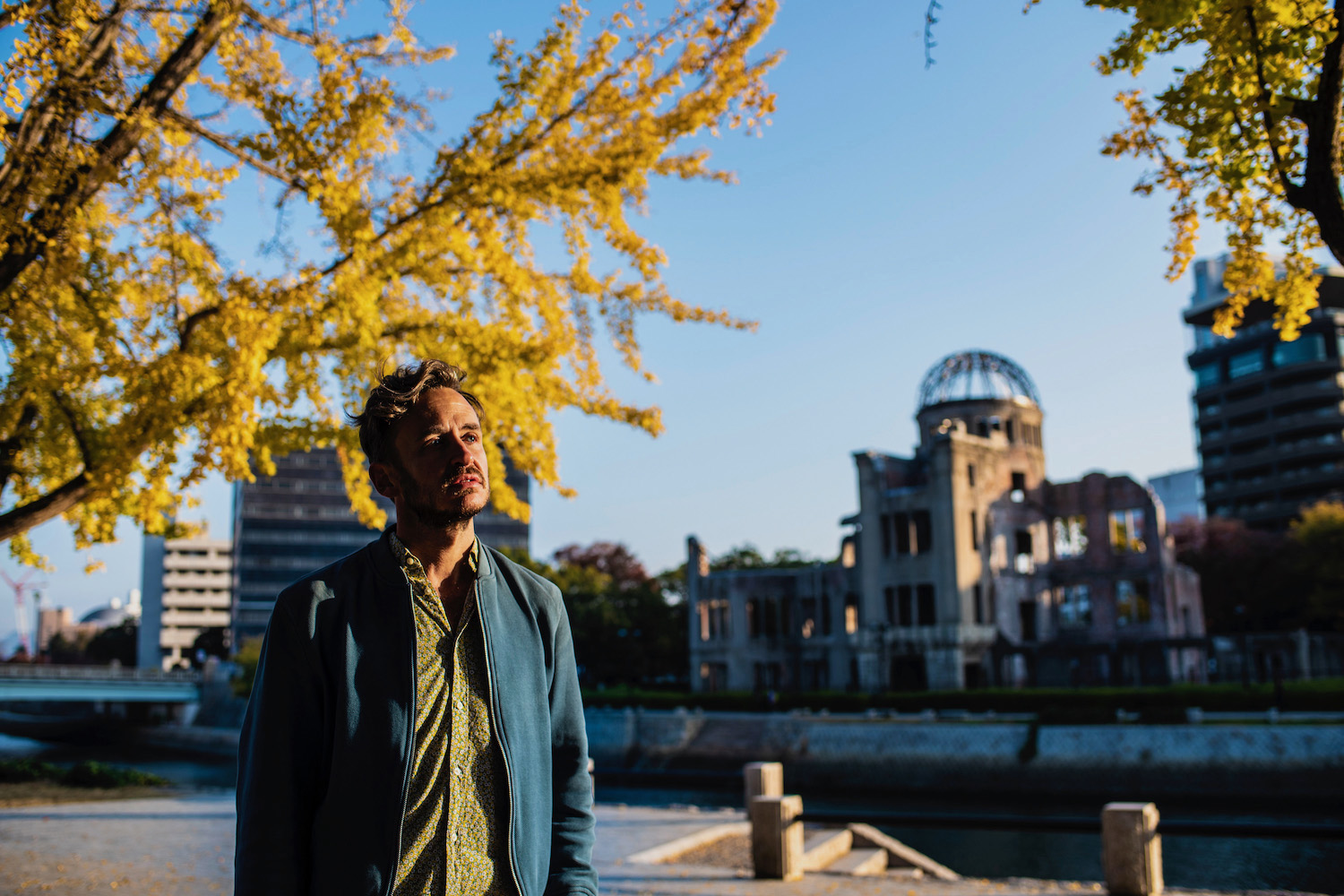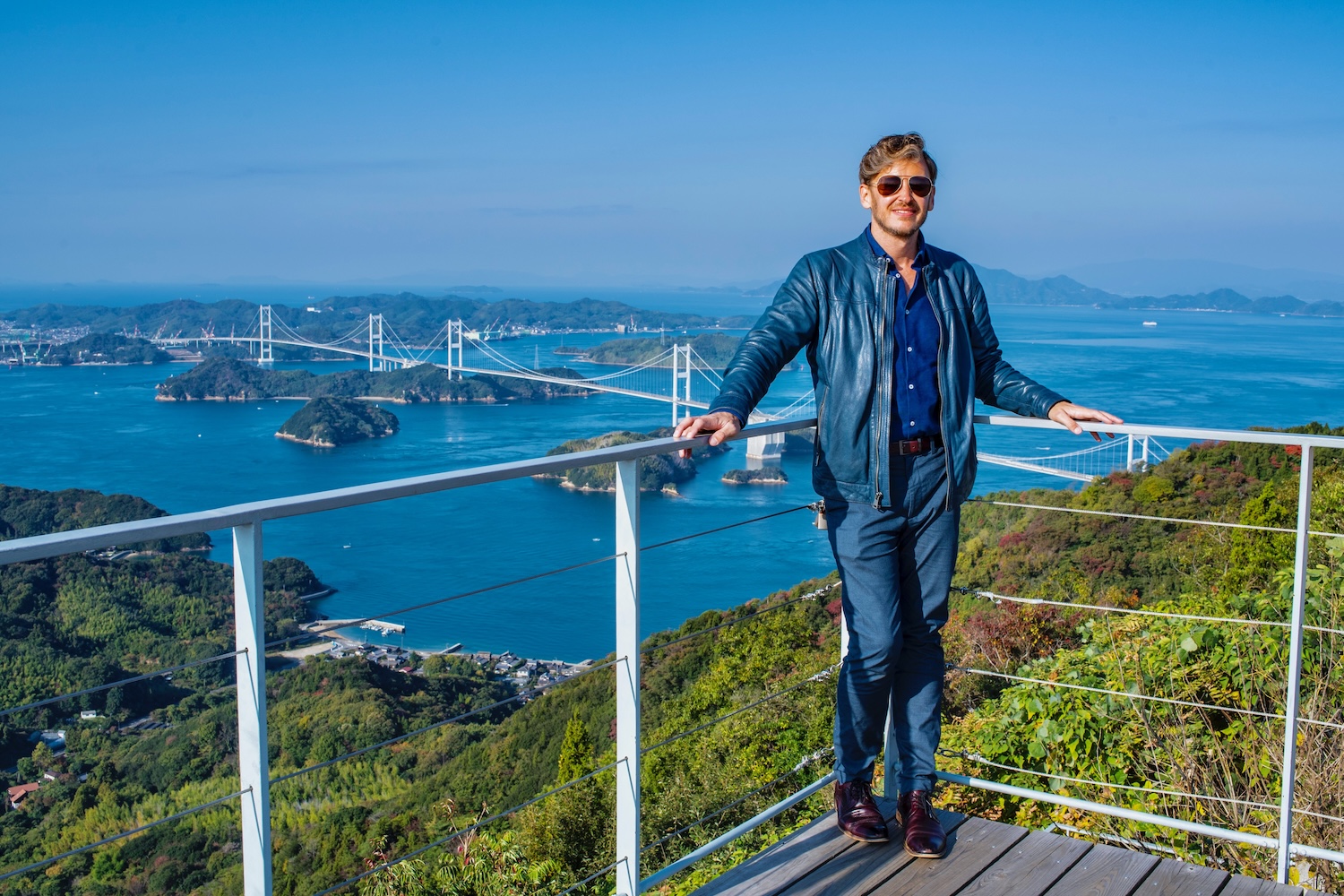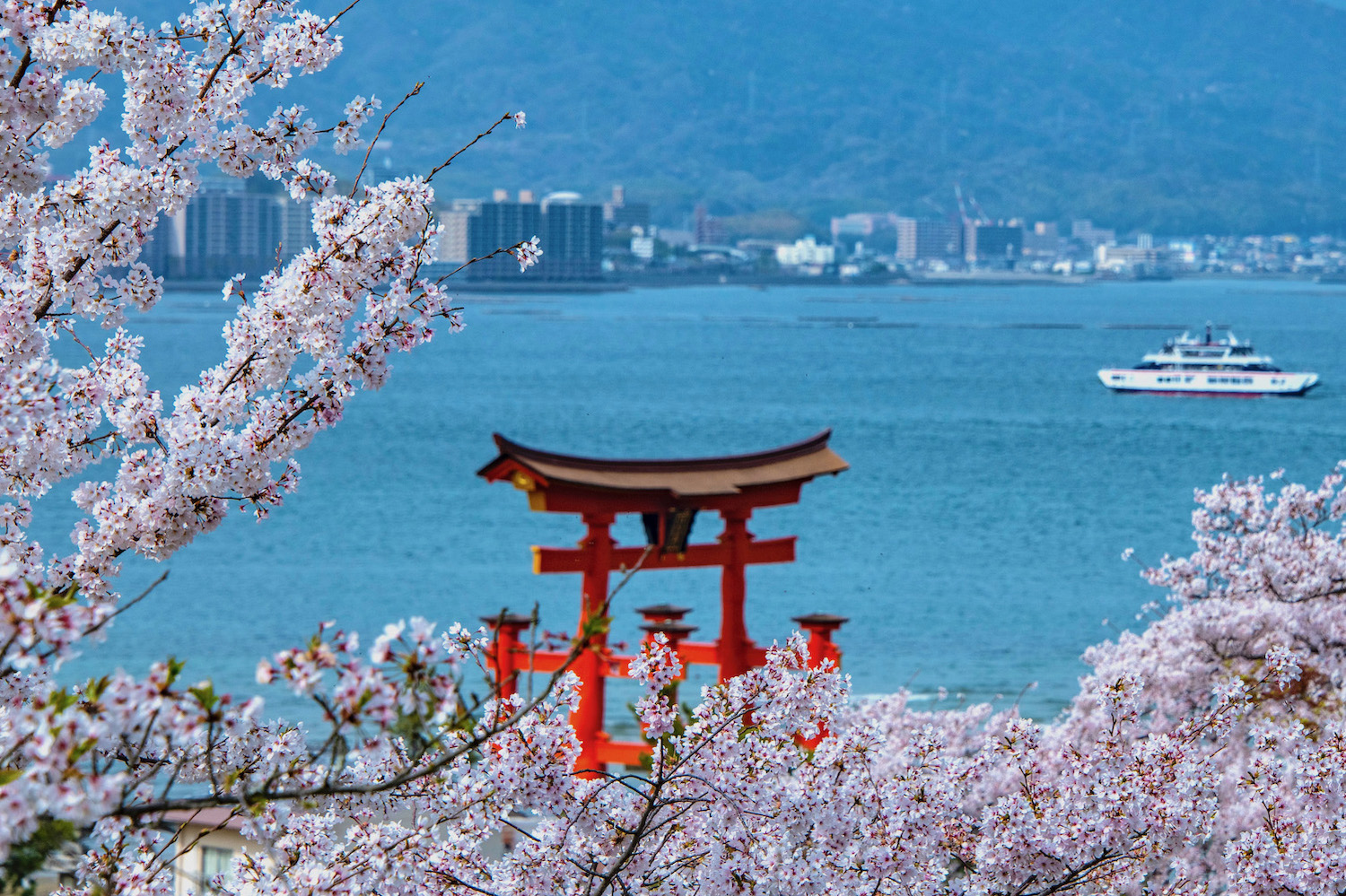When most non-Japanese people hear the word san’yō, they think of a slightly questionable electronics brand. Not terrible, mind you, but probably not your first choice.
Not the point, either: Today’s post isn’t about TVs or first-generation flip-phones.
Instead, my San’yo itinerary helps you navigate the region of Japan in the southwestern part of Honshu island, including the cities of Hiroshima and Okayama. Apart from these cities, to be sure, San’yō is largely undiscovered. So while I doubt you have many expectations, please prepare the ones you do have for imminent shattering.
Where to Base Yourself in Japan’s San’yo Region
Although the travel guide I’m about to unveil with transcend San’yo’s biggest cities, the reality is that for most travelers, accommodation is about Hiroshima hotels or Okayama hotels. In particular, I recommend properties close to these cities’ train stations, be that Hotel Granvia Hiroshima or Daiwa Roynet Hotel Okayama Ekimae. Staying at hotels like these allows you to fully leverage their convenience on day trips.
On the other hand, travelers who spend a longer time in the San’yo region may choose a variety of different bases, be those cities like Shimonoseki and Onomichi, towns along the Shimanami Kaido or up in the mountains or even random places along the Seto Inland Sea. Unfortunately, I don’t think this is an option in most cases—you’re probably going to spend a few days here, in the best-case scenario.
Places to Visit in San’yo
Hiroshima

Hiroshima is the most popular destination in San’yo, but there’s more to it than the Atomic Bomb Dome or Miyajima island. In the city, you can visit Hiroshima Castle or Shukkei-en garden. Have more time? The Okunoshima “rabbit” island is a unique day trip, as is another place I’ll mention in a subsequent section.
Okayama

Next up on most people’s San’yo trip is Okayama, which is admittedly a more popular destination among Asian tourists than it is among Westerners. As is the case with Hiroshima, there are day trips here beyond city-center attractions like Koraku-en garden. I’m thinking in particular about Bitchu Matsuyama Castle and Kurashiki.
Yamaguchi

Yamaguchi is a strange part of Japan—the “tip” of Honshu, it’s part of both the San’yo and San’in regions, and arguably even Setouchi. To be sure, whether you stick to the south and explore Shimonoseki city, or head to the northern reaches and visit Motonosumi Inari Shrine, Yamaguchi is a hidden treasure within San’yo.
Shimanami Kaido

The harbor city of Onomichi, which I alluded to earlier, is a popular day trip from Hiroshima. What’s slightly less popular (though still deserving of a place in my San’yo travel guide) is the Shimanami Kaido, a 70-km biking route that takes you over the ocean, leading all the way to Imabari on Shikoku island, if you bike the whole thing.
San’in

San’in is technically a separate region from San’yo, but there is some overlap (namely Yamaguchi, as I mentioned earlier). To be sure, the underrated prefectures of Shimane and Tottori are connected directly with Hiroshima and Okayama, which make them attractive day trips—or, better yet, onward destinations.
How Many Days Should You Spend in San’yo?
As I speculated earlier, most travelers simply won’t have a significant amount of time in their Japan itineraries to spend in this region. The best-case scenario would be a few extra days, besides any requisite time in Hiroshima (and maybe Okayama). With this being said, I do think that spending up to a week in San’yo (and maybe two weeks, if you include San’in) would be ideal.
To be sure, if your answer for how many days in San’yo is 7-10, just think of how deeply you can explore! Day trips from Hiroshima to Onomichi and from Okayama to Bitchu Matsuyama Castle, yes, but also a night or two along the Shimanami Kaido, and maybe a decent amount of time in southern Yamaguchi prefecture. You may even be able to head down to Shikoku (or, at least, Naoshima) for a day, in addition to heading up to San’in!
Other FAQ About Visiting Japan’s San’yo Region
Where is San’yo, Japan?
San’yo is a region that occupies the southern coast of the far western part of Honshu, which is Japan’s main island. More specifically, it comprises the portions of Yamaguchi, Hiroshima and Okayama prefectures along the Seto Inland Sea. It overlaps with the Setouchi region, though they are not one in the same.
What is the Chugoku region known for?
Among tourists, Japan’s Chugoku region is known primarily as being the home of Hiroshima, which is the largest city in the region and also the one with the highest international name recognition. Apart from Hiroshima (and, to a lesser extent, Okayama), Chugoku (which can further be subdivided into the San’yo and San’in regions) is largely unknown to foreigners.
What does San’yo mean in Japanese?
When it comes to the San’yō region, this Japanese word (山陽) translates roughly to the “sunny side of the mountain.” It’s the opposite of the San’in region (山陰), which means “the cloudy side.” The more common word “Sanyo,” however, refers to the electronics brand, whose name (三洋) means “three oceans,” reflecting the company’s global ambitions.
The Bottom Line
I hope you’ve found this San’yo itinerary helpful, whether or not you previously had any association with the word, apart from electronic devices. To be sure, this region of southwestern Japan is a subversively spectacular destination, known almost entirely because of the popular cities of Okayama and Hiroshima, but totally obscure apart from there. No matter how long you have here or how deeply you explore, I think my San’yo travel guide will end up helping you. Need a bit of extra help putting your trip together? In that case, I do hope you’ll consider hiring me to plan your Japan trip outright!






